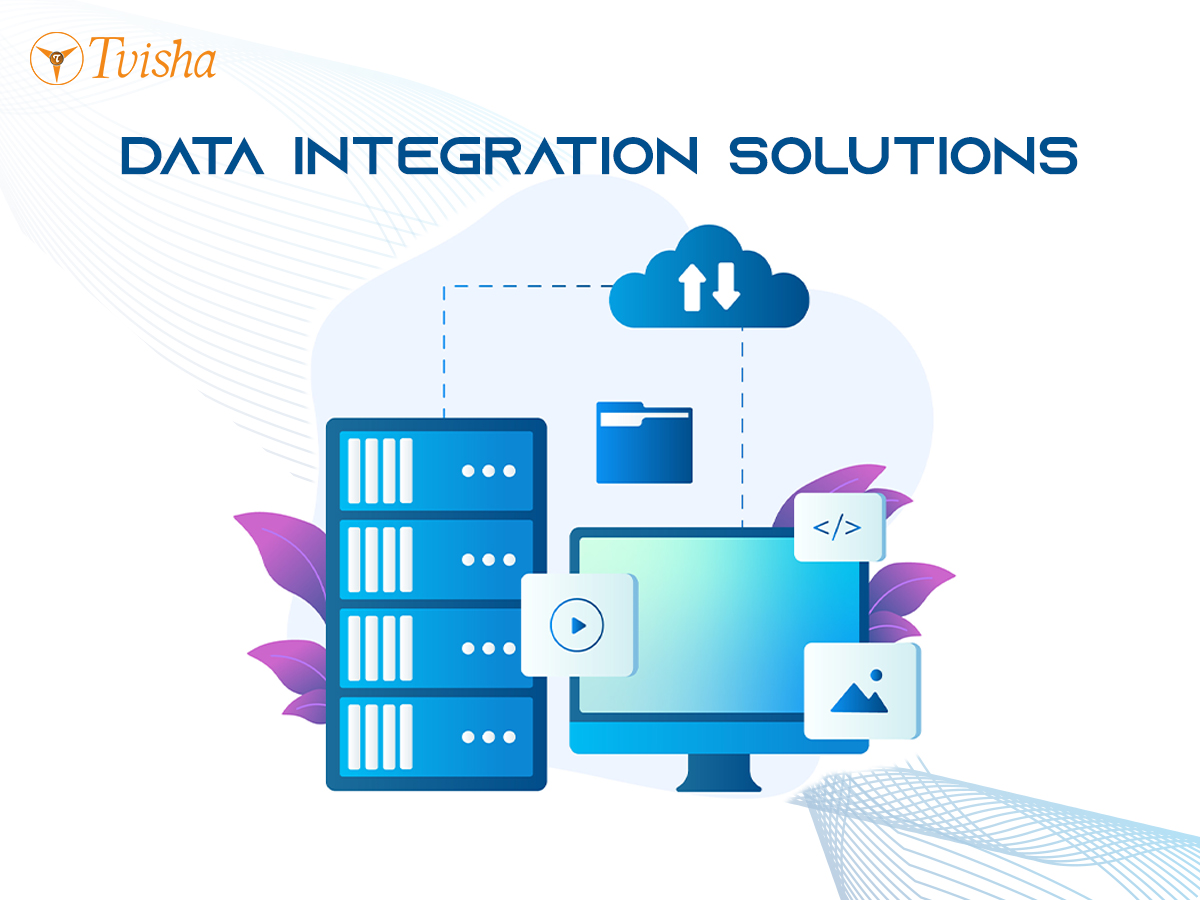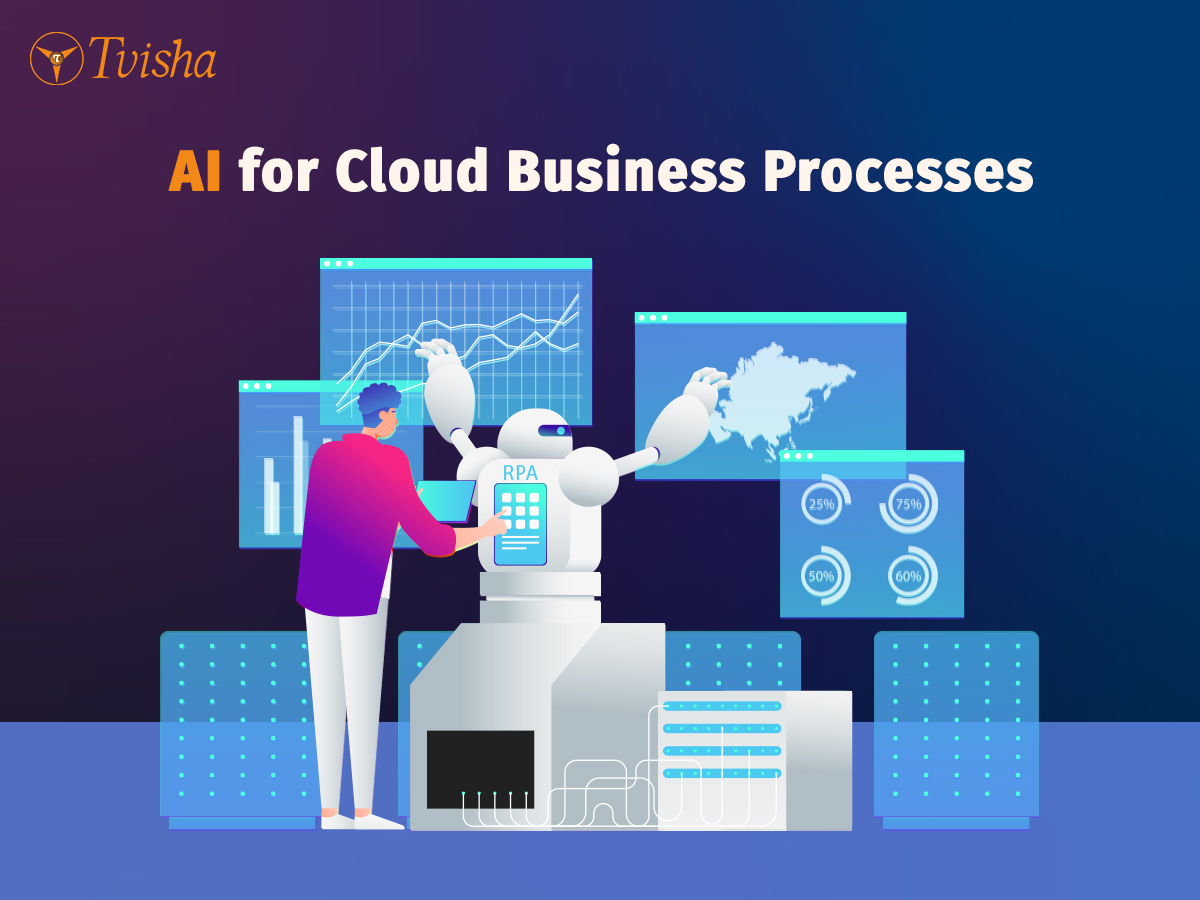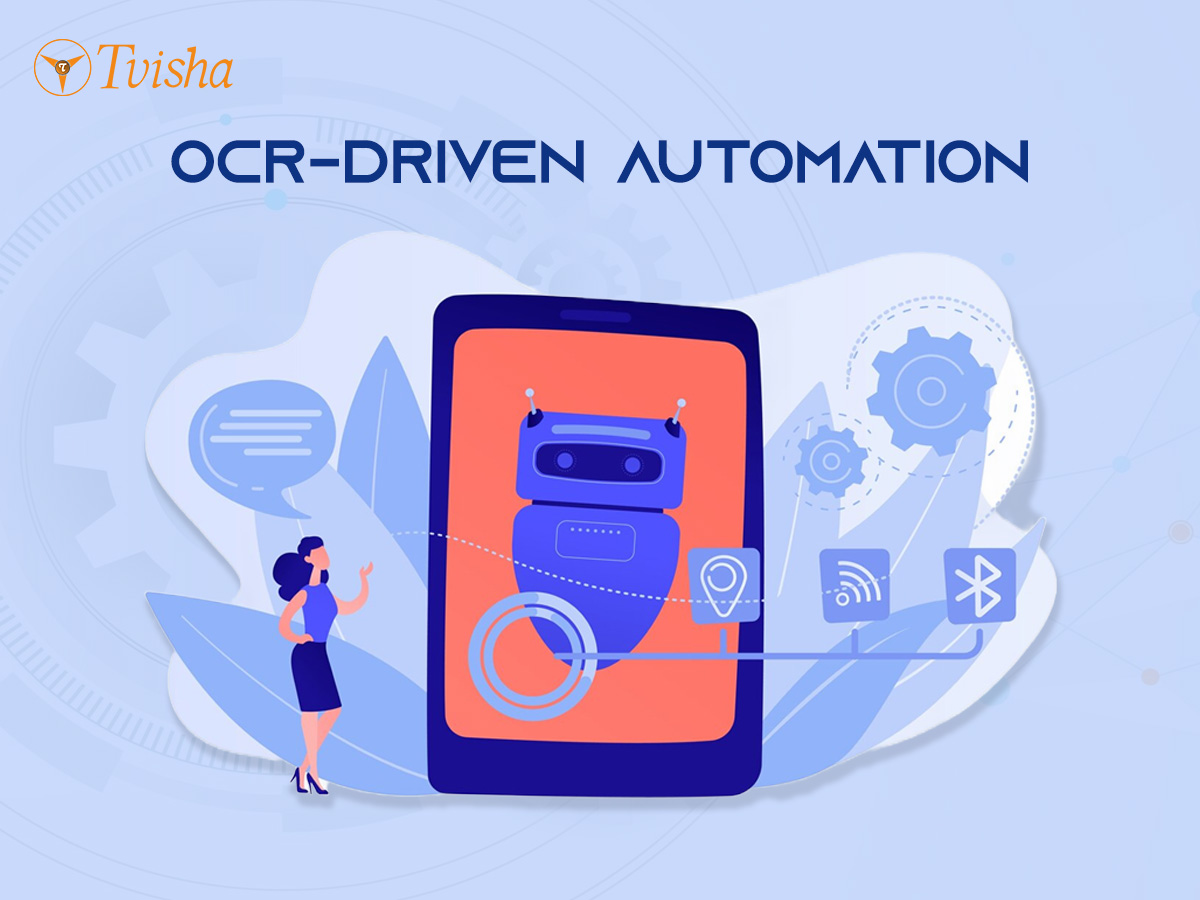
Data Integration Solutions: Unifying Diverse Data Sources with Database Services
In a trendy interconnected world, groups are inundated with massive amounts of data streaming in from various sources. From customer interactions and income transactions to IoT gadgets and social media feeds, the venture lies in harnessing this wealth of information and remodeling it into actionable insights. Data integration solutions play a pivotal function in addressing this mission by unifying disparate statistics assets and consolidating them right into a cohesive and accessible repository. In this newsletter, we explore the importance of statistics integration and how database services serve as a linchpin in this procedure.
A business or enterprise can acquire statistics from various sources, and it’s critical to make certain that this statistic is being used in the maximum efficient manner possible. Without integrating the business enterprise’s statistics with different assets, the information can turn out to be lost or disorganized, making it not possible to make smart enterprise decisions based totally on the statistics.
Data integration will make sure your organization has admission to all of its facts in one place and in a way that makes sense to all people who desire it. Easily integrating the commercial enterprise records from extraordinary systems can be essential to the organization’s achievement, so knowledge of what statistics integration way and how it works will help to get the most from your efforts to decorate the enterprise operations.
The Importance of Data Integration
Data integration refers back to the procedure of combining facts from disparate resources, codecs, and systems to provide a unified view of facts throughout the agency. By integrating statistics from diverse resources along with database, programs, APIs, and record systems, businesses can gain a complete understanding of their commercial enterprise operations, clients, and market developments. Key advantages of statistics integration consist of:
- Improved Decision-Making: By consolidating statistics from specific assets right into an unmarried repository, businesses can advantage of a holistic view of their business operations and make knowledgeable selections based on accurate and updated facts.
- Enhanced Data Quality: Data integration solutions help improve statistics high-quality with the aid of standardizing codecs, resolving inconsistencies, and removing reproduction records. This ensures that organizations have access to reliable and sincere records for evaluation and reporting.
- Increased Operational Efficiency: Data integration streamlines facts workflows and decreases guide facts entry and reconciliation efforts. This results in improved operational performance decreased mistakes, and faster time-to-perception.
- Better Customer Insights: By integrating facts from numerous purchaser touchpoints inclusive of CRM structures, websites, and social media platforms, corporations can benefit from a 360-degree view of their customers' behavior, alternatives, and interactions. This permits customized advertising campaigns, centered messaging, and improved patron engagement.
Data integration is a procedure of gathering and compiling records from various structures into one location to be processed, analyzed, and shared. It guarantees business packages in a large company that can share records correctly.
By definition, facts integration is a technical manner of merging or extra person facts sets into one common statistics surroundings. It consists of combining records from numerous internal and outside assets into a single, consistent view. It is once in a while used interchangeably with information synchronization, however, in most cases, facts integration refers to data coming from a couple of sources.
The principal goal of statistics integration is to combine and consolidate information from an extensive range of resources into one coherent shape. The cease purpose is to have all applicable statistics from each source geared up for analysis, in one area.
The concept of facts integration emerged from 1960s mainframe computing whilst groups started buying multiple business application programs—every with its proprietary database control system. Without a green way to consolidate some of these databases, specific programs couldn’t work collectively seamlessly or share statistics across departments.
To address this hassle, groups started out making an investment in laptop-based gear and one of the information integration techniques called Extract Transform Load (ETL) software that could pull data out of 1 database or software and load it into any other. This would free up programmers’ time so they may be aware of developing new capabilities as opposed to writing complicated ETL packages again and again.
Nowadays, corporations use cloud statistics integration, leverage data lakes, statistics warehouses, and huge facts for facts integration.
For instance, Cloud facts integration permits users to consolidate one-of-a-kind information sources right into a single layout, irrespective of where they may be stored. Storing and processing multiple units of information in a single region offers flexibility, overall performance, and cost-efficiency.
Cloud technology offers numerous key capabilities that facilitate seamless records integration: scalability, elasticity, and self-service abilities. Today, groups use cloud vendors to get more out of records integration.
Database Services as a Foundation for Data Integration
Database services serve as a foundational factor of statistics integration answers, providing a centralized repository for storing, dealing with, and reading integrated information. Here's how database services facilitate statistics integration:
- Data Consolidation: Database services along with relational databases (e.g., MySQL, PostgreSQL) and NoSQL databases (e.g., MongoDB, Cassandra) serve as centralized repositories for consolidating statistics from disparate assets. Organizations can ingest records from numerous resources into the database provider, allowing unified admission to and analysis.
- Data Transformation: Database offerings offer sturdy abilities for information transformation, which include fact cleansing, normalization, and enrichment. Organizations can leverage SQL queries, saved approaches, and ETL (Extract, Transform, and Load) strategies to convert raw information into established actionable insights.
- Data Warehousing: Database services play a vital function in records warehousing, permitting agencies to create and manipulate information warehouses for storing and reading large volumes of integrated information. Data warehouses offer a consolidated view of ancient and transactional information, facilitating advanced analytics, reporting, and enterprise intelligence.
- Real-Time Data Processing: Modern database offerings offer features for real-time statistics processing and move processing, allowing groups to ingest, method, and analyze streaming records in real time. This enables agencies to make timely selections and reply quickly to changing market situations.
Data is the backbone of present-day commercial enterprise, where digital interactions update brick-and-mortar places and bodily infrastructure like servers, routers, and more.
Properly controlled database procedures convert those challenges to measurable upgrades in operations, which include:
- Universally reliable enterprise information - Ingesting, cleansing, securing, and re-sharing information with an unlimited quantity of heterogeneous sources, businesses can keep an unmarried source of commercial enterprise facts across even an international business enterprise.
- Holistic operations oversight - Managing businesswide intelligence from a crucial, visualized operations screen presents an effective device for figuring out bottlenecks, enhancing person revel in and customer support, shortening delivery cycles, and more.
- Simplified security - As high-visibility hacks dominate the news, companies recognize they face greater factors of getting the right of entry to and more safety threats than ever existed in isolated, on-premises community environments. With a central database integration deployment, the very last versions of information enter into and emanate from a single source, which significantly simplifies securing critical statistics.
- Easier compliance - Modern, virtual business comes with increasing duties to conform with countrywide and worldwide operating requirements, including HIPAA, PCI, and GDPR. Database integration affords central management to ensure compliance inside the corporation.
In these and other methods, organizations are the usage of database integration because the backbone of their statistics integration platform which turns raw data into business intelligence.
Choosing the Right Database Integration Partner
An undertaking of integration is the need for customized coding to combine connectors and SaaS dependencies with Apache (or comparable) frameworks. Choosing the interface equipment with which groups will build from open-sourced statistics structures, then, becomes critical, as difficulties writing compatible code by hand can sluggish or derail operations.
The first-rate database integration gear shop IT groups infinite hours via simplifying custom coding. Rather than frequent, hand-coded patches to maintain connectors functioning through updates and protection revisions, effective however easy GUI gear can manner facts integration duties up to ten instances quicker—and at about a 5th of the value of hand-coded jobs.
The proper integration technique offers the power of free, open-supply licensing options that deliver builders the possibility to explore and test the power of Apache Hadoop, NoSQL databases, and other huge information gear.
For agencies that lack the inner expertise or infrastructure to manage database integration, holistic partnership answers are any other alternative, inclusive of a pinnacle-ranked integration-platform-as-a-service (iPaaS) alternative that manages all factors of large facts float and transforms environments into interactive enterprise intelligence machines.
Conclusion
Data integration solutions are important for businesses seeking to harness the whole capability in their information property and advantage a competitive part in the modern information-pushed economy. By unifying numerous information assets and consolidating them right into a centralized repository, corporations can improve decision-making; enhance statistics, increase operational efficiency, and gain valuable insights into their commercial enterprise operations and customers. Database services function as a linchpin within the information integration method, providing a scalable and dependable basis for storing, coping with, and analyzing integrated records. By leveraging database offerings as part of their facts integration approach, organizations can unencumber the whole price of their records and drive innovation and increase in the digital age.















